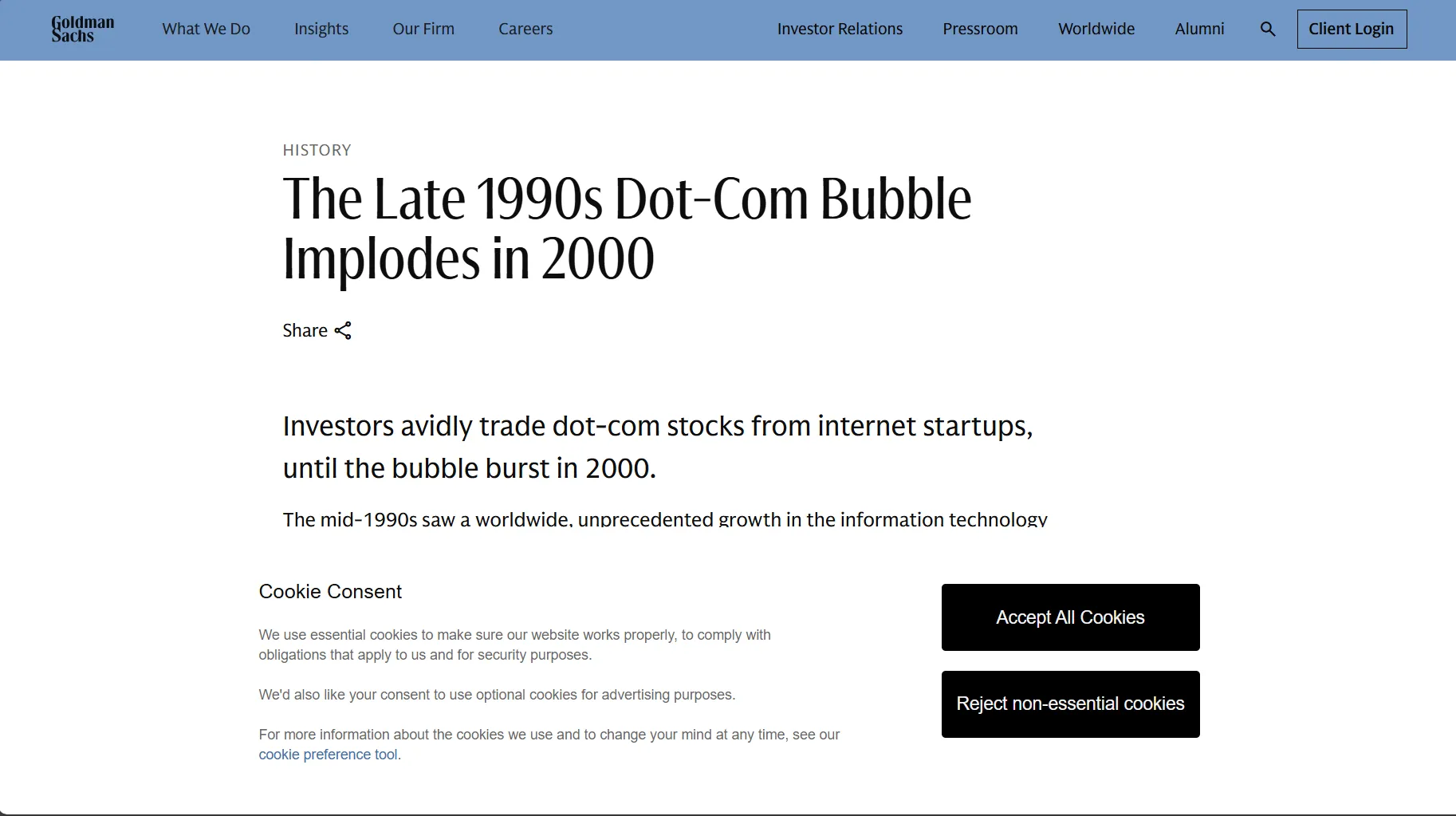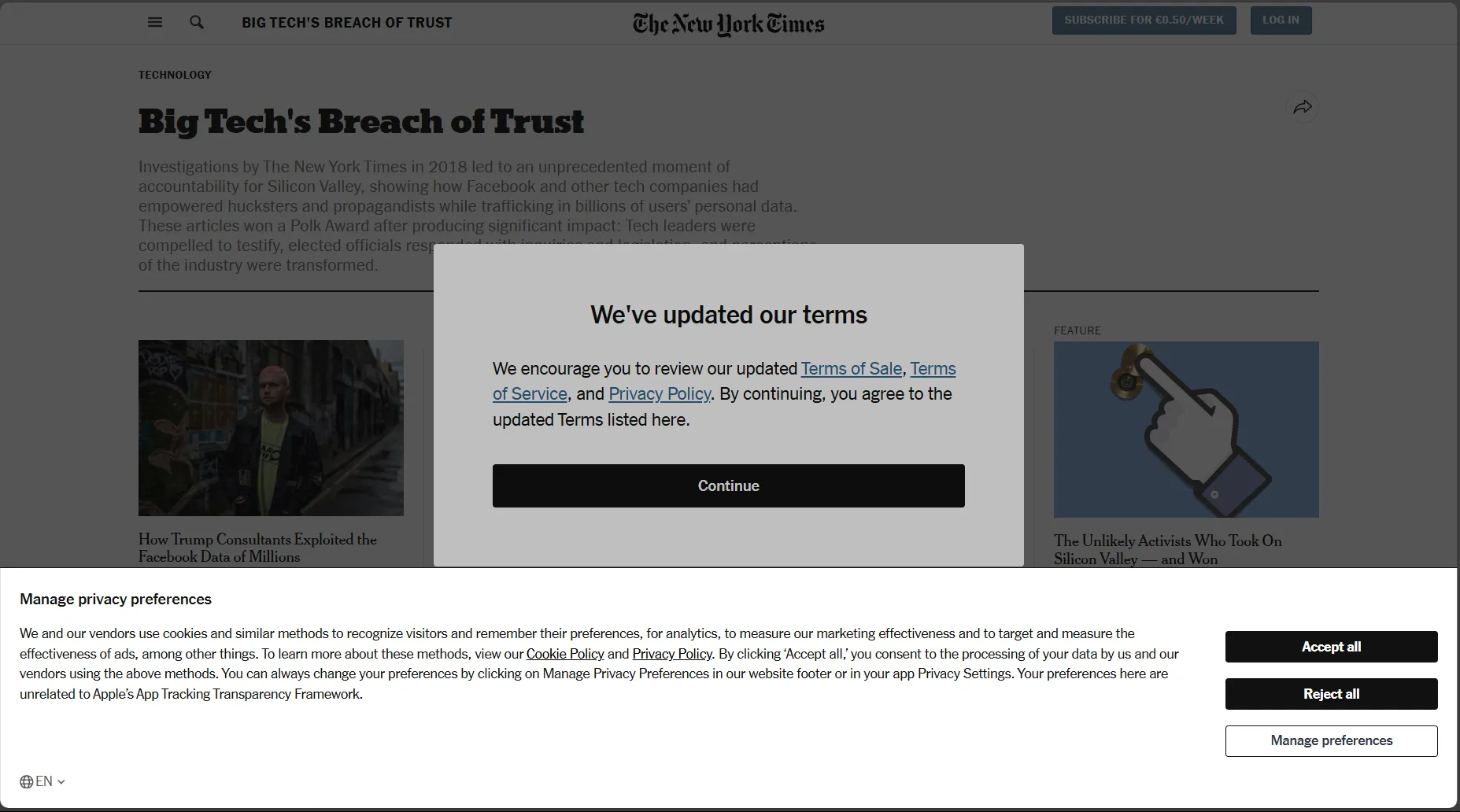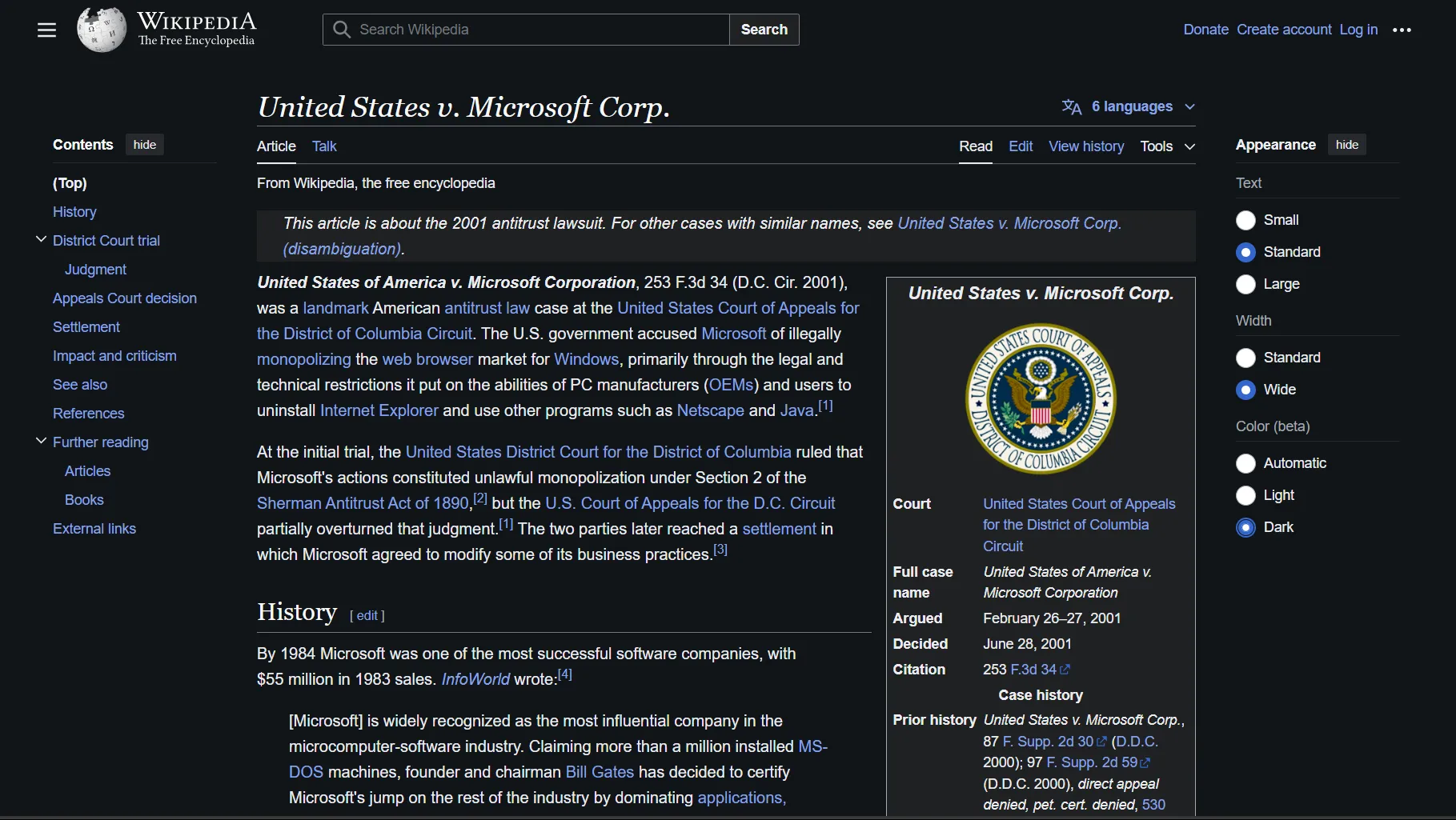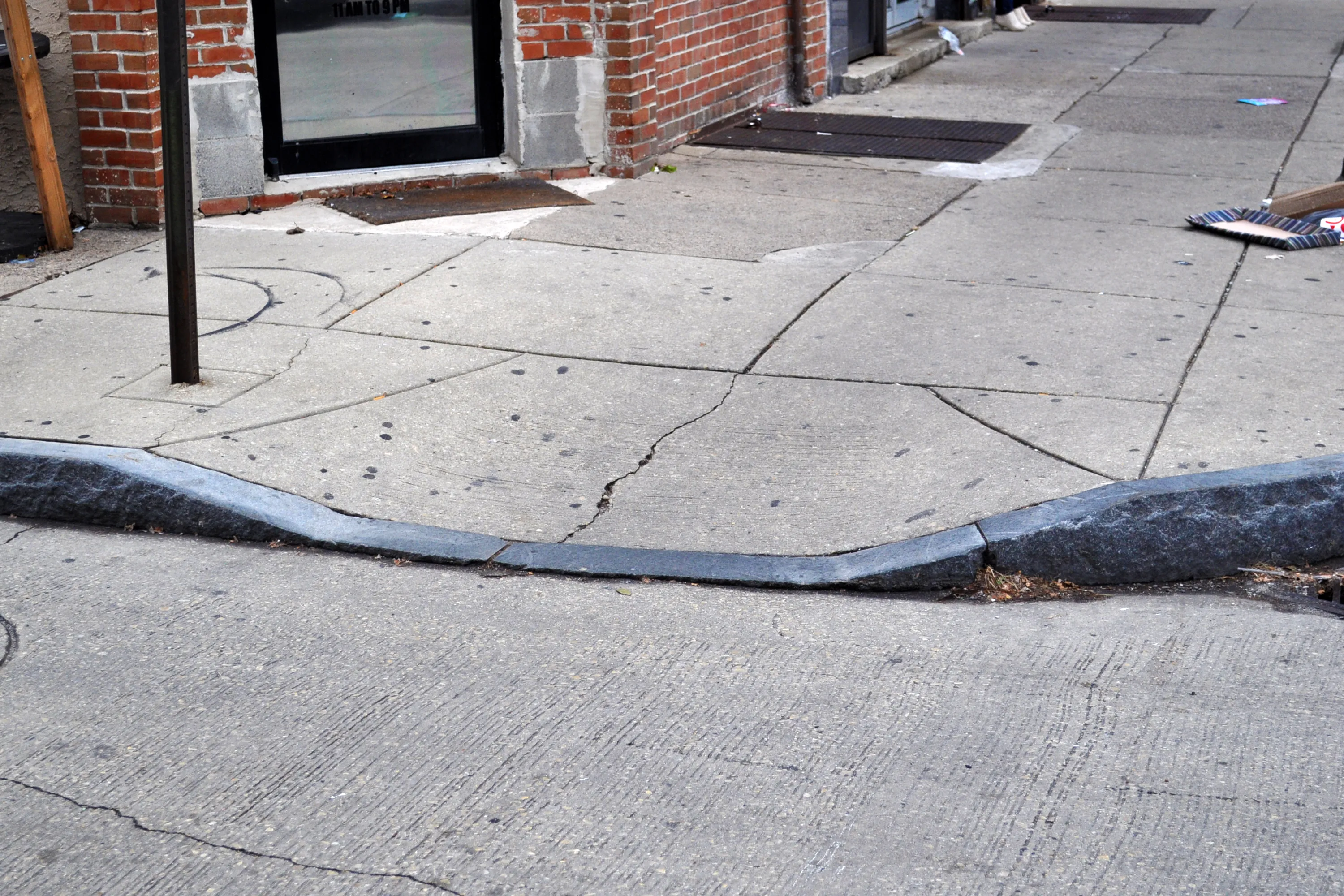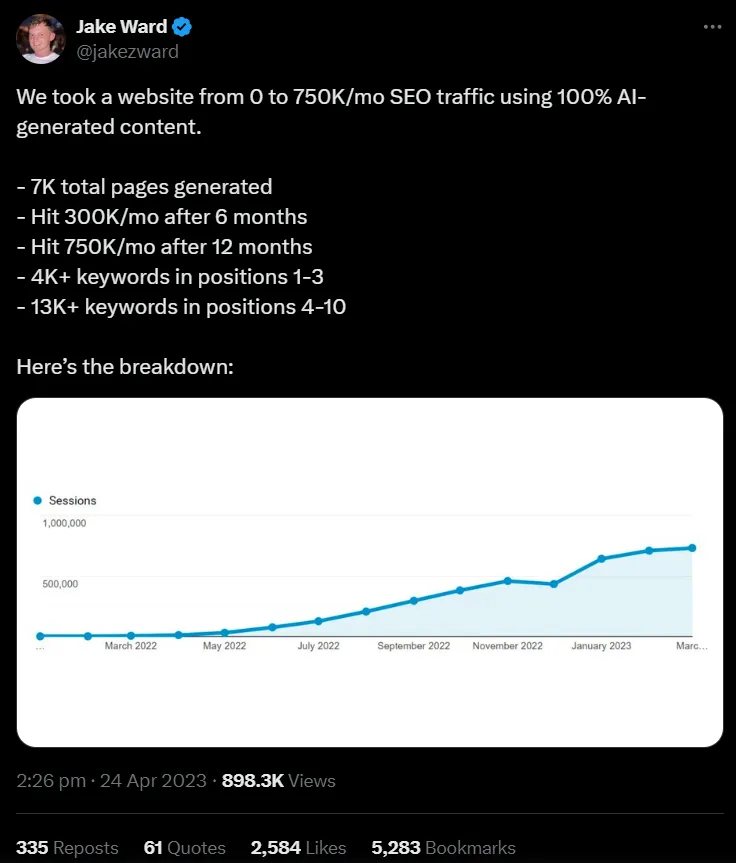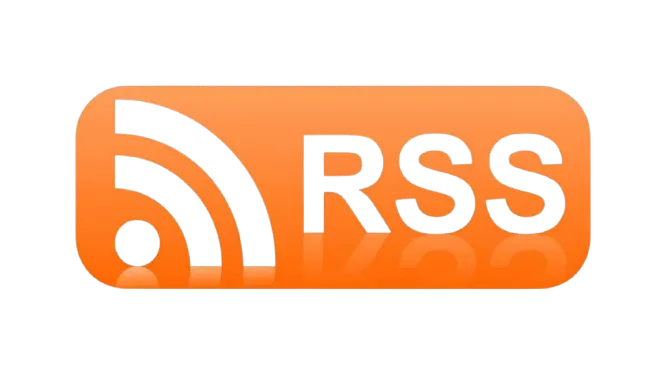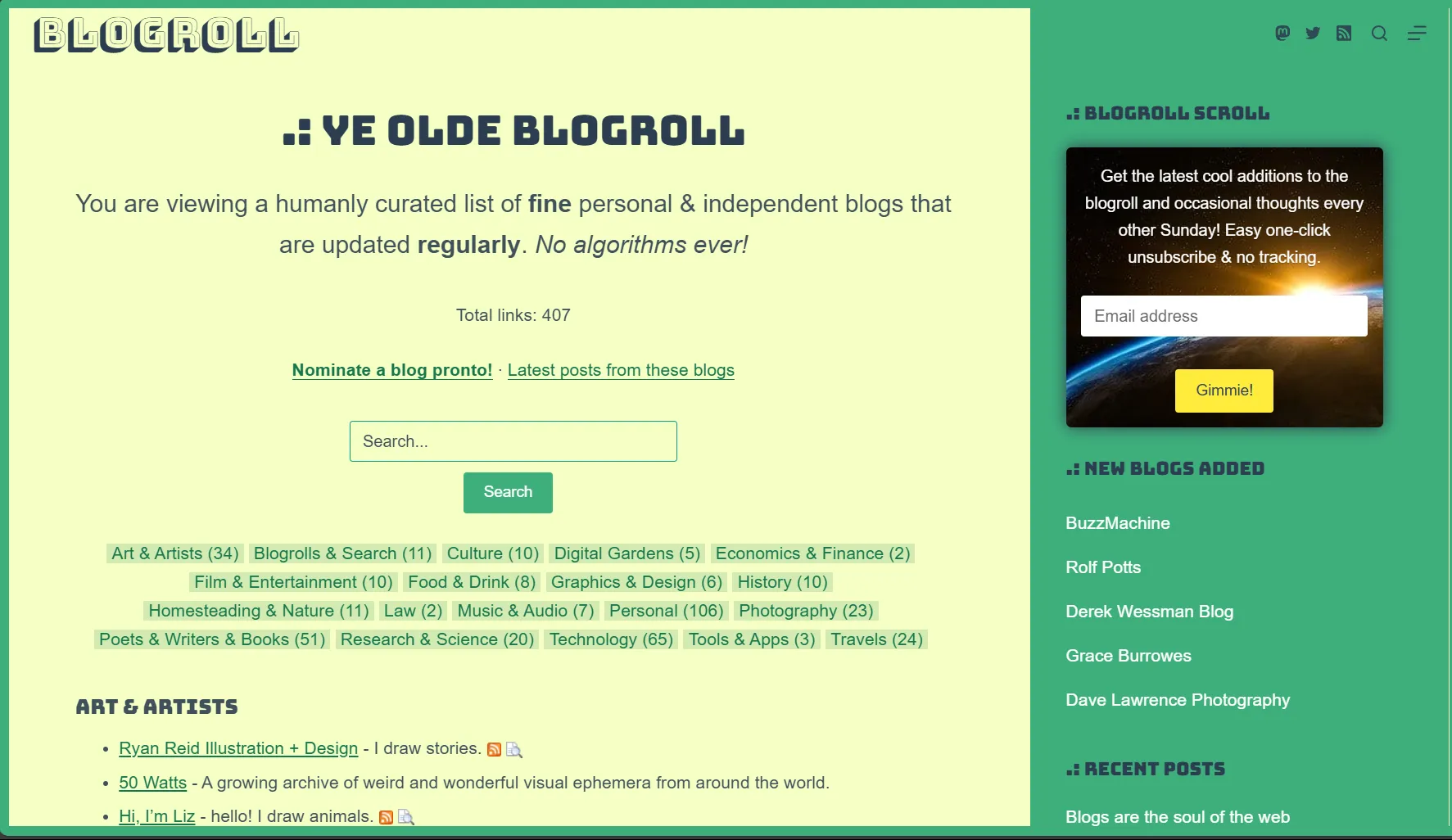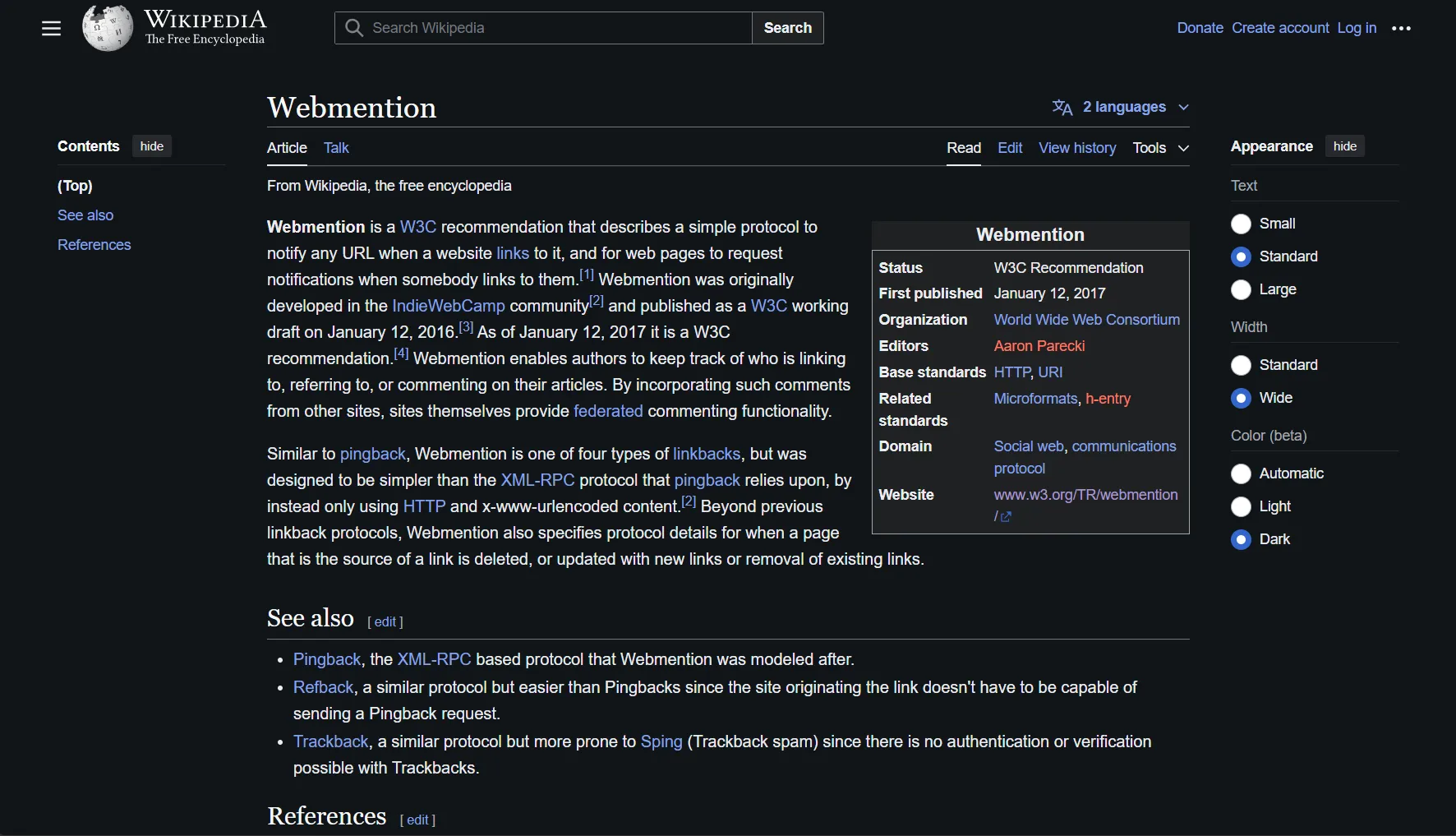Software for you and your friends
24 October 2024
Updated: 06 January 2025
How we use the internet had changed numerous times since it’s invention. What started of as a repository for sharing academic information quickly spiraled into a new world for people to build and explore.
In 2010, Tim Burners Lee wrote that the internet was a method by which “any person could share information with anyone else, anywhere"
This golden era was short lived however, with collapse of the dot com bubble and the later consolidation of internet power we ended up with a handful of companies that now run virtually every aspect of the world’s economy.
Companies like Google gatekeeping information access at the price of ads and cookies
Or Facebook toppling entire governments within a single news cycle
Oh, or that time that Microsoft tried to be the only browser
Yeah, Wikipedia actually doesn’t have a cookie banner. Makes you think, huh.
Over the course of this talk we’re going to take a bit of an accounting of where the past few decades of the web has left us and what problems we’re faced with as a result of it. We’ll take a look at some different mechanisms through which we can understand our current position, and think about what the next few years of the internet need to look like
Conway’s law
Most of us have been in this industry long enough to have heard of Conway’s law which loosely states that a system’s design is constrained to mirror the structure of the organization that designed them
This law is often used to talk about the development and architecture of the software we build.
It lets us think about why highly coupled organizations produce highly coupled software or how deeply hierarchical organizations always end up with some microservice driven mess.
It also lets us consider why some software ends up being inherently unmanageable because of how the the architecture doesn’t align to the way a company operates
There’s a phenomenon known as the Curb Cut Effect in which disability-friendly features end up benefiting groups much larger than they were intended for. An example is in the Curb Cut above. Although initially designed for wheelchairs it ends up serving mothers with prams and you with your much-too-large cart of groceries
Just like curb cuts give us ways to navigate our spaces, certain styles of software design force us into certain patterns of behaviour
I think we can view this as an inversion of Conway’s law - software forces us into the spaces it’s left, herding us into communities of its choosing
There’s a lot of danger when we consider who does this and the intentionality behind it. The organizations that control this structure in turn control the very social fabric that we participate in
Most of the software we use on a daily basis is “free”. It’s often not a huge leap to understand how these companies make money - do we think Google “just sells ads” or does the value come from the data they’ve built into their ad platform
Oftentimes we look at our phones and see a product that we just walked past in a store, or were just speaking to someone about - these platforms often know us better than we know ourselves. Our behavior is directed in so many unidentifiable ways
Early this year we had the trend of young people refusing to be photographed, or covering their faces in photos out of concern for how their pictures would be used. General concerns of consent aside, the greater fear of being deep faked. And they were right to be concerned
Over the past few months we’ve seen the proliferation of scammers using video and audio fakes to scam people in a variety of different ways. Sometimes generated from just a short video of someone on the internet
It’s clear to see that we’re the product, our data is the fuel that’s fed to the money printers. Our attention is the paper that it’s printed on
Don’t despair, I think we’re in a position to change this. Not just as people who make the internet but (I hope) as people who care about using technology to improve the world around us
In the book The Three Body Problem, author Liu Cixin presents the dark forest theory of the universe. The author presents us with the “The Dark Forest Hypothesis” which describes a universe that is seemingly empty, as we send signals into it and get no response - surely there is no one out there - we believe the universe to be empty
However, if we view the universe as a forest at night, with predators waiting to attack - we understand why it’s so quiet, everything is in hiding
”The Dark Forest Theory of the Web”, introduced by Yancy Strickler in 2019 uses this as a perspective of the internet a few years ago, and I think it’s more relevant now than ever. The internet as a dark forest, where the predators - ads, trolls and bots lurk. And as a result the rest of us have hidden away in our own private spaces, unable to reach anyone significantly far away from us
This seems like the opposite of what the internet is meant to be. This seems the opposite of what technology promised us
About a year ago Maggie Appleton published an article called “The Expanding Dark Forest and Generative AI”. In it she talks about the impact that tools like Generative AI will have on the content around us. How it will become difficult for us to tell real people from AI, and how the information and content of the web will be lost in a mess of SEO optimized garbage
Just a few months ago I saw a tweet where someone in marketing shared how they managed to ramp up the traffic to their content sites by generating hundreds of thousands of articles. Every ChatGPT generated article, every Midjourney image - hurts us more and more in the long term and destroys the internet we’ve all worked so hard to create
Thus far we’ve established the relationship that we have with the web and how this technology forms our behavior
The thing is, this isn’t the only way to use the internet. There’s a whole world out there, you just need a way to see it
The internet should be honest, informative, and personal. We should be able to use the web in a way that we want to within the boundaries that we draw, not in the spaces between the cookie banners
It’s where we go to get things done. It’s where we find our news, do out taxes, or keep our notes
But it’s also where we meet our friends. It’s where we share moments we care about or schedule the next dinner
As developers, we have a bit of a responsibility here. We’re in a position to make this ideallistic vision accessible to everyone around this, and there are a few ways we can do this
The small web is an internet made of people. Where we all can participate on our own terms. It’s as easy a single HTML file
There’s a growing trend of referring to these spaces as Digital Gardens. Digital gardens are public spaces that are privately curated, they’re loose pieces of the internet that we allow to grow freely over time, that we occasionally tend to, add to, and clean up
Digital gardens usually take the form of websites or wikis, these can have communities around them. The idea is that these spaces are organic and allow us to explore ideas, share thoughts, and express ourselves
These are linkable and indexable pieces of our mind that we put into the world. Digital gardens let us take control of the internet we use. It’s a place for our friends to find us and for us to find them
Open source is great. Most of the things we use the internet for on a daily basis can be done using a combination of open source software or open formats
We can contribute here by educating and contributing. Open source isn’t just about writing code, but also sharing value
There are loads of open source applications that we can use and make easier for others to use
Above this, there are ways that we can make our experiences within propreity software better well by making use of open formats like ODF or even markdown
Or heck, even HTML - it’s like a PDF but you can actualy copy text from it
Owning our spaces doesn’t mean they need to be isolated. The small web can also be connected. The simplest way is by linking to things we care about but there are also other ways we can build into this
RSS feeds let us share our content, and more importantly - consume it in ways that we want and respect our privacy
Blogrolls are groups of blogs and personal websites that are interconnected. Often driven by a specific purpose or theme but it can just as well be a group of your friends
Additionally, there are also open standards such as WebMentions that enable us to share content across the web. Kind of like cross-site comments or tweets
So, while the web we have looks a little bleak, there are things that we can do to change the trajectory of the internet. Through understanding how we fit into the greater context of the web we can hopefully leave it better than we found it
References and things to read
- Long Live the Web, Tim Burners Lee
- The Dark Forest and the Cozy Web, Maggie Appleton
- The Expanding Dark Forest and Generative AI, Maggie Appleton
- The Dark Forest Theory of the Internet, Yancey Strickler
- Blogrolls
- HTTP Status Codes, MDN
- Curb Cuts, 99% Invisible
- Curb Cut Effect, Wikipedia
- Webmentions, Wikipedia
- United States v. Microsoft Corp., Wikipedia
